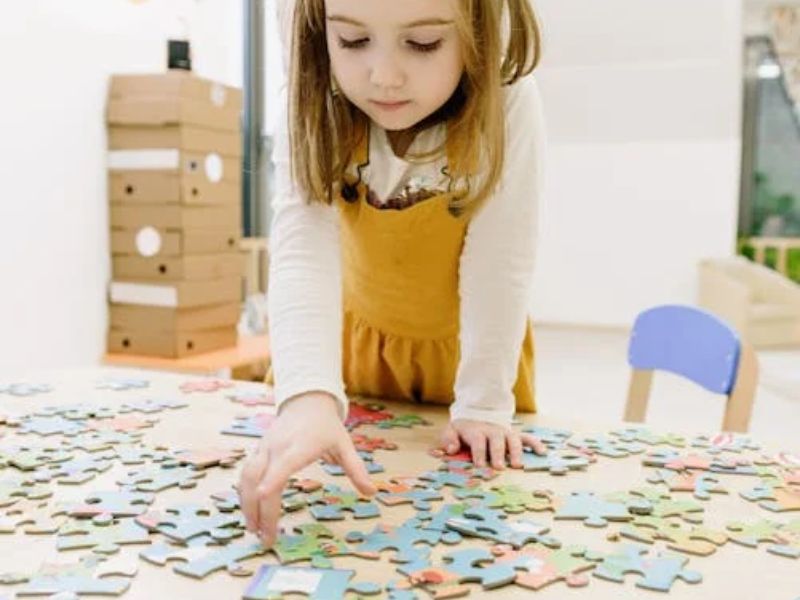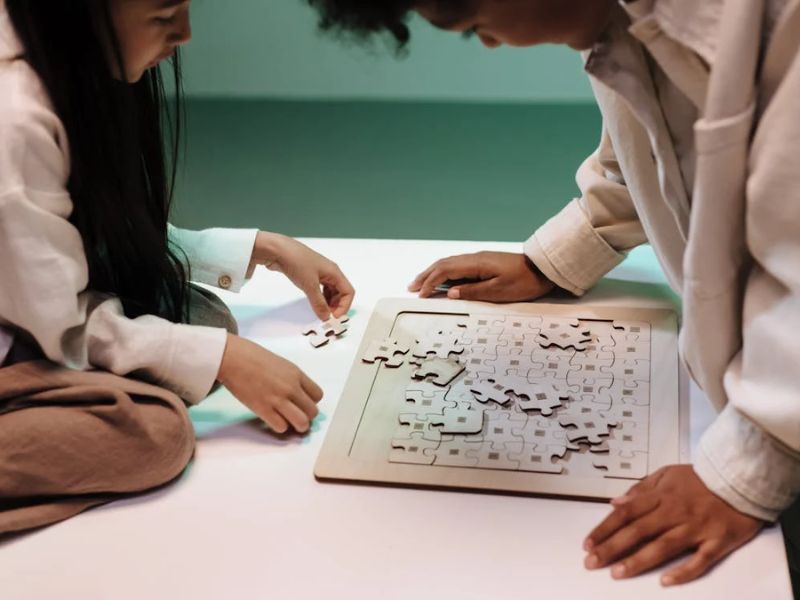With social distancing practiced at home amid the COVID-19 pandemic, many people have taken up new hobbies like tie-dying, baking banana bread, and learning TikTok dances. Jigsaw puzzles are also becoming increasingly popular.
There have been reports of soaring sales and even shortages of puzzles among puzzle manufacturers. Currently, there are psychological reasons for the mania.
Jenny Maenpaa, a psychotherapist, said, “We are experiencing an overdrive of primitive lizard brains in quarantine. On a cellular level, our brains understand we are in a fight-flight-freeze cycle and cannot decide which one will save us.”

Image Credit: Pexels/Ksenia Chernaya
According to Maenpaa and other experts, puzzles relieve us from difficult situations for various reasons.
It Gives You A Sense Of Control
Michael Vilensky, a psychologist, said, “While COVID-19 is associated with a lack of control and an unknown end, puzzles offer the opposite. A puzzle allows us to control the outcome, know how it will end, and experience a sense of relief and accomplishment at its completion.”
It can be done alone or in a group. If you’re in the mood, you can spend all day putting it together or work on it for a few minutes at a time when you’re free.
It Has A Clear Purpose
The challenge of working on puzzles gives people a sense of purpose during this time when they feel aimless and uncertain about their future.
Maenpaa said, “Right now in quarantine, so many of us are performing meaningless tasks, like showering, to feel like we did something.” Something is soothing about jigsaw puzzles because of their clear solutions. A chaotic life, especially in 2020, has few clear answers.

Image Credit: Pexels/Ron Lach
A Meditative Experience
Many people find that doing a jigsaw puzzle is almost like meditation. That’s how A.J. Jacobs describes the experience as he works on a book about puzzles.
He said, “Some jigsaw friends of mine talk about how time melts away. Despite the feeling of working for five minutes, three hours have passed. It’s helpful when you’re stuck inside.”
Focusing on individual pieces and one overall image relaxes people. In addition, it’s a tactile task without external stimulation.